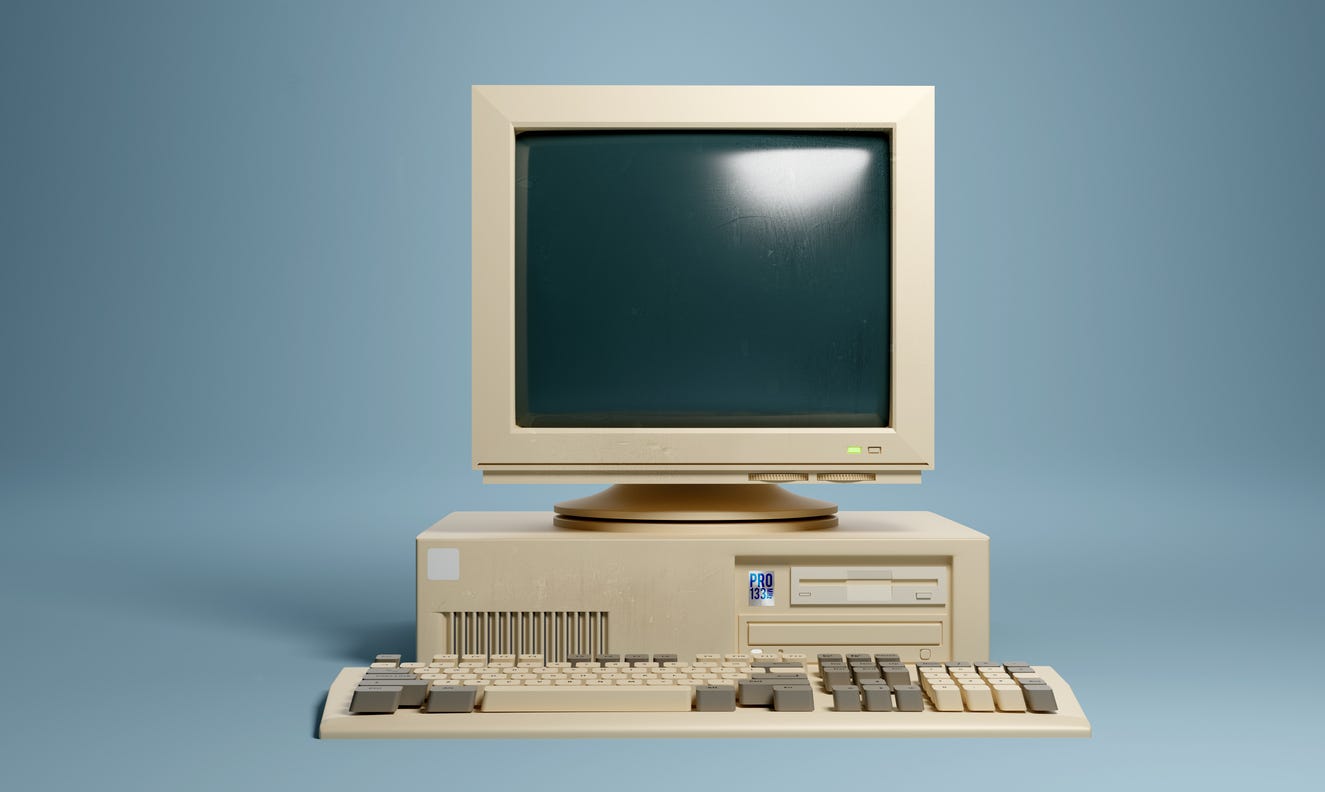How Business Is Transformed with Technology
In the years since computers burst onto the scene, we have witnessed a plethora of software and hardware come and go.
Computer software and hardware go together like peanut butter and jelly. They are inseparably linked. And it might force us to beg the question: Which is more important, the software or the hardware? Or for that matter which comes first, the chicken or the egg, in the world of technology? In our 10 tips, we gave some simple advice as you try to tackle this cloudy murky terrain. Some still debate whether it’s the OS (operating system). Whichever way you lean, in the end, the clear winner must lead you to the data.
For this discussion, it’s a pretty safe bet many construction companies have some type of software, even if they have limited applications as they still grow. And these same construction companies have computers that run these software applications.
Back in the late 1990s, these computers probably didn’t resemble the same look and feel as they do today. And the computers of the 1990s didn’t look like the machines that were a common fixture on most desktops of the mid-1980s. At that time, the Windows operating system burst on the scene (Nov. 20, 1985), offering a shell of graphically oriented screen of small icons that could be easily accessed with the click of a mouse.
Since Windows’ introduction (now Windows 11), it has dramatically altered the way businesses retrieve and share information. Perhaps even more importantly, more advances in this operating system have enabled construction companies to access necessary data for payroll, job costing, estimating, project management, and accounting, to name a few.
Since the beginning, the performance and versatility of the PC (personal computer) has increased exponentially. As a result, many construction companies have discovered the hardware they are using is outdated. Early on, IT execs learned, with every update, chances are that many of these new enterprise software programs required new computers to run them.
As a rule, individuals typically purchased their personal computers first. They either research computers or they explain to computer salespeople what they want to use them for and find out what's available. For companies, it's usually different because up-to-date software can be very demanding. Of course, some companies buy top-of-the- line computers to cover all the ground.
An accepted rule for companies purchasing PCs is to get them after they choose the software and find out what is needed. However, even before the software is purchased, many industry observers suggest, if not even encourage, companies to take a closer look at where they are headed and what are their most pressing business needs (i.e. payroll, services, etc.).
It’s imperative you look to the future. Consider how your company will share information and how you will share information internally and externally and how you will share that information with the right people remotely. This means you need to examine your future goals so you can determine the right software and hardware solutions that best fit management’s long-term needs.
For every company it gets tricky looking two to three years out, but those that do will make better decisions in the long run.
Perhaps the biggest reason for looking at software and hardware differently is that what once was used to perform simple tasks—computers—are now being used throughout the enterprise and are performing a variety of tasks, such as accounting, emails payroll, customer support, document management, word processing, and much, much more.
As a GC (general contractor) or subcontractor, it’s best to look at the totality of your efforts. It’s essential to determine the kind of environment that will support all your functions and how you will be able to work with other GCs and even owners in all their functions. Simply base your hardware decisions on your software needs.
One of the main reasons contractors need to take advantage of technology is to have access to essential information such as accounting and cost-estimating software. It’s important to remember that choosing the right solution is contingent upon forging a sound technological strategy. Sometimes it’s a game of cat and mouse. And only then, many times will software suppliers admit the right hardware and software decision be made and maintained.


